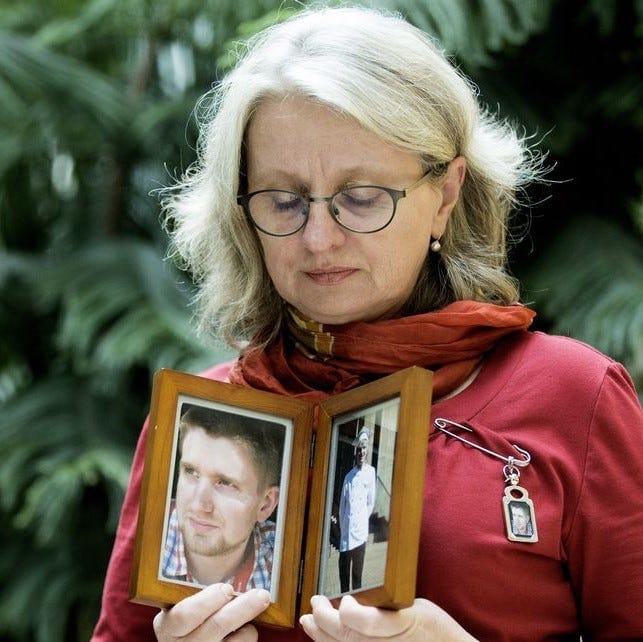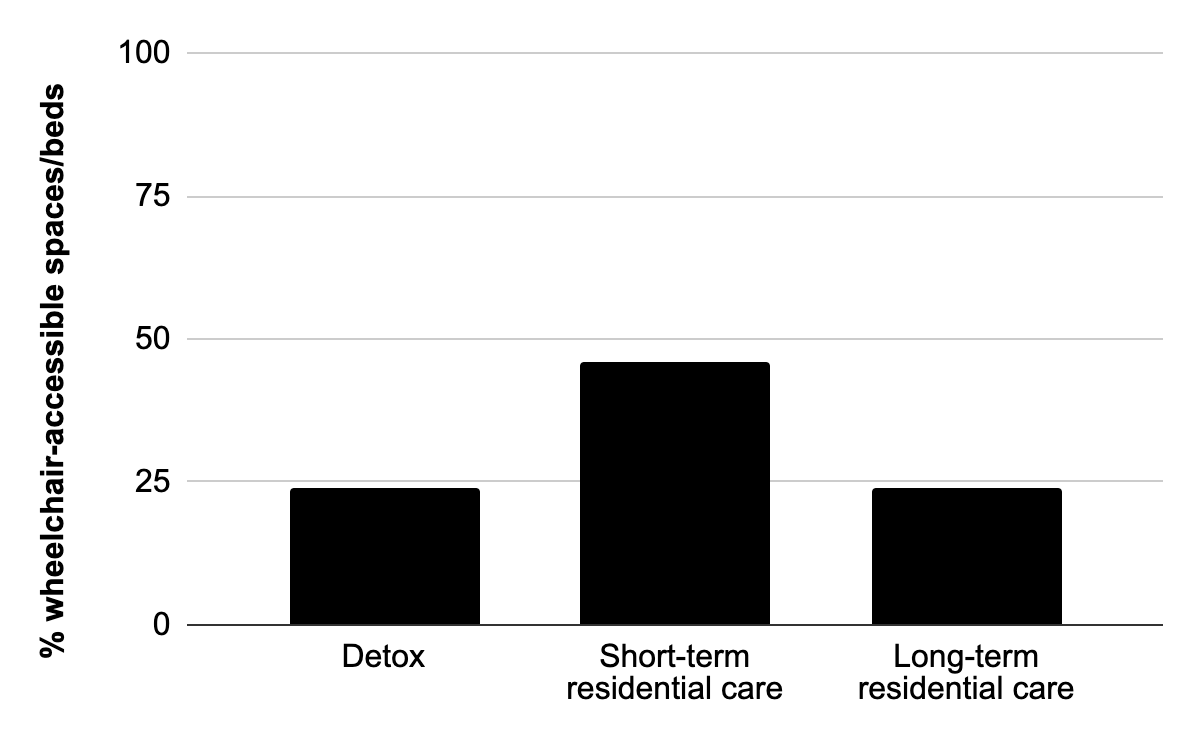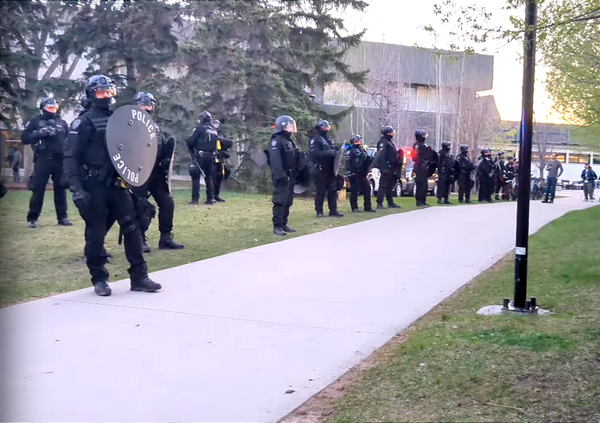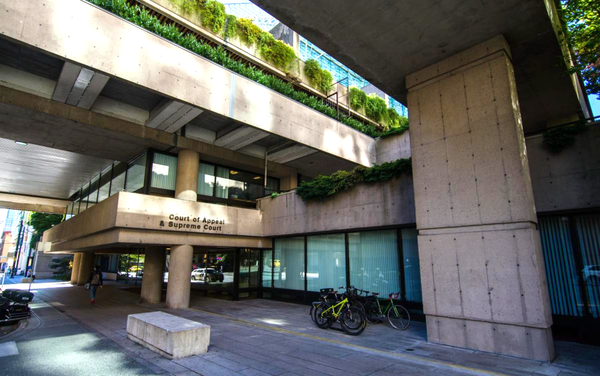Fifty ways to grill the UCP on the Alberta Drug Model
In June 2022, over 30 organizations demanded fifty evaluation metrics on the UCP's abstinence-based framework. We can begin to answer nine, no thanks to the UCP.

I recently published a 3-part series on Alberta’s substance use care system based on an AHS document I obtained, called The Alberta Drug Model is a Christian institution.
In this piece, I’ll follow this series by filling in gaps on a letter published by over thirty organizations on June 7, 2022, which was covered by the Edmonton Journal’s Anna Junker. I’ll share the body of the letter here along with Appendix items that were addressed through my recent investigation, and you can find the complete Appendix, signatories and media list in the full letter.
The questions that we can finally begin to answer from this AHS document are shown beside the selected questions in the Appendix.
At the end, I've answered an additional question that our initial letter failed to include: What proportion of facilities are wheelchair-accessible?
For immediate release:
People Seeking Substance Use Treatment in Alberta Need Clear Data
The Government of Alberta claims that its Recovery-Oriented System of Care is the best way to mitigate the drug poisoning crisis, which killed a record number of people in this province in 2021.
Some services that are already proven, such as supervised consumption and needle distribution, bear heavy scrutiny. People in Alberta seeking access to treatment are provided few options and inadequate information to guide potentially life-or-death decisions. This runs counter to repeated calls for quality standards from 2017 to 2021. The Government of Alberta’s own framework calls for mandatory performance measurement and licensing requirements for treatment programs. We have yet to see performance or licensing information materialize, and the recently announced My Recovery Plan provides no indication that these will be made publicly available.
Assessment of treatment options for loved ones and evaluation of the efficacy of the Alberta government’s chosen policy directions relies on timely access to services and data transparency on the following areas:
1. Access to treatment
2. Regulation of treatment
3. Critical incidents
4. Performance evaluation.
We request that the Government of Alberta provide data on the indicators listed in the Appendix for all treatment programs soliciting public funding, including public service providers. This will help inform critical health care decisions, while ensuring that citizens are getting a return on their tax dollars.
Appendix
The following data remain inaccessible to Albertans seeking substance use treatment services for themselves or their loved ones:
Access to treatment
1. How does the provincial government define a ‘treatment space’? As discussed in Parts 1 and 3, “spaces” were defined as how many people can use a bed over a given year based on average length of stay. The count of spaces in the AHS document I obtained, which profiles each facility, tallies more than 7,400 inpatient residential care spaces are accounted for in the AHS document, which falls short of the UCP’s target of 12,000 spaces announced in 2020. However, a few facilities are listed by AHS that are not covered in the document I obtained.
2. How many of these spaces are inpatient versus outpatient? The AHS document accounts for nearly 12,500 detox spaces, more than 7,400 short-term residential care spaces, and 571 long-term residential care beds. Outpatient capacity remains unknown, which is unfortunate given the lower hospitalization and death rates following outpatient care versus inpatient care.
12. For which treatment programs is detox a prerequisite? Detox is specified as a prerequisite for the following programs: Shunda Creek Wilderness-based Addictions Treatment (Nordegg), Aventa Centre of Excellent for Women with Addictions (Calgary), FASD Recovery Centre (Cold Lake), Kainai Healing Lodge (Standoff), Next Step Ministries (Calgary), Adeara Recovery Centre for Women & Children (Edmonton), Narrow Road Home (High River), Genesis Recovery Program (Lethbridge), McDougall House (Edmonton).
14. Are personal health numbers collected and reported to AHS? It is still unclear what the Province means when they indicate that “people will pay with their health card, not their credit card,” since many of the residential facilities list per-night or per-month costs. It seems safe to assume at this point that AHS-run beds are free for people with an active personal health number. AHS runs 54% of detox spaces, 37% of intensive (short-term) residential care spaces, and 0% of transitional (long-term) residential care beds listed in the document I obtained.
Modes of treatment
15. What is the per-night cost of each program? Among detox facilities in the AHS document, cost is only listed for Thorpe Recovery Centre (Lloydminster) at $350/day; however, this facility was closed for renovations in July 2022. Intensive (short-term) residential programs range from $1,200 to $2,695 among the few shown, while transitional (long-term) residential programs range from $250 to $1,200 per month, and several add program materials costs of $100-200 plus damage deposits.
16. What treatment modalities are offered in each program? These vary widely among programs. For information on transitional (long-term) residential care, see Part 1; for detox, see Part 2; for intensive (short-term) residential care, see Part 3. Medication acceptance varies widely but can include, depending on the facility, opioid agonists like methadone, Suboxone, and oral morphine (Kadian). Services offered at each facility are typically a combination of 12-Step meetings, SMART recovery, recreation & leisure, smoking cessation groups, self-help groups, educational classes, counselling, dialectical behavioural therapy, cognitive behavioural therapy, support animal (horses/dogs) therapy, Emotional Freedom Technique, Genesis Process programming, Naloxone training, discharge planning & support, and in some facilities Indigenous cultural activities including smudging, sweat lodge and pipe ceremonies.
22. Which programs are open to participants on opioid agonist therapy (OAT), according to provincial regulations?
a. Are any restrictions placed on different forms of OAT, including Methadone and Kadian? It appears that many of the facilities allowing methadone and Suboxone do not list Kadian (oral morphine) as an option for participants. Others allow Suboxone but not methadone. The most restrictive facilities in denying OAT altogether include Salvation Army (Edmonton), Salvation Army (Calgary), Sunrise Healing Lodge (Calgary), Rising Above (Grande Prairie), Grace House (Drumheller), and Grandmother Turtle House (Westlock). Facilities that restrict methadone or require an OAT taper plan include Fresh Start Recovery (Lethbridge), Recovery Acres (Calgary), Fresh Start Recovery (Calgary), Shunda Creek (Nordegg), Mark Army Treatment Centre (Fort McMurray), Amisk Healing Lodge (Lac La Biche), Alberta Men’s Centre (Priddis), Adeara Recovery Centre for Women & Children (Edmonton), Genesis Recovery Program (Lethbridge), Ross Recovery (Fort McMurray), and Althea House (Edmonton).
b. Are programs open to patients in long term OAT treatment or only to support medical detox? As indicated above, this varies but many residential programs do not allow OAT or designate a requirement to taper from OAT.
25. Which programs distribute naloxone to patients? Naloxone training is almost entirely confined to detox programs, including Renfrew Recovery Centre (Calgary), Addiction Recovery Centre (Edmonton), George Spady Detox (Edmonton), Northern Addictions Centre (Grande Prairie), Lethbridge Recovery Centre (Lethbridge), Medicine Hat Recovery Centre (Medicine Hat), Swan Hills Detox (Swan Hills). Almost all of these are AHS facilities. The sole residential program indicating naloxone training for participants is Medicine Hat Recovery Centre.
Performance evaluation
38. Which programs run urine drug testing and expel participants following a positive test? While no programs explicitly indicate expulsion of participants, the following do conduct drug testing: Simon House (Calgary), Recovery Acres (Edmonton), Salvation Army (Edmonton), Kapown Treatment Program (Grouard), LYNX Recovery House (Medicine Hat), Exodus Recovery Program (Lethbridge), Adeara Recovery Centre for Women & Children (Edmonton), Althea House (Edmonton) and Genesis Recovery Program (Lethbridge).
-30-
While the original open letter ended after question 50, the AHS document I obtained highlighted an additional point that deserves at least as much attention as the others:
- How many facilities are wheelchair-accessible?
Turns out, wheelchair accessibility is desperately low at these facilities. Among both detox and long-term residential care, the proportion of spaces or beds that are wheelchair accessible is just 24%. At short-term residential facilities, the rate is 47%.

This is a travesty. Once again, it signals a lack of prioritization for people who might be most likely to access these services, as ineffective (and in some cases, harmful) as they appear to be. The American CDC cites almost double the rates of adverse mental health symptoms or substance use as well as past-month substance use among adults with disabilities versus adults without disabilities.






